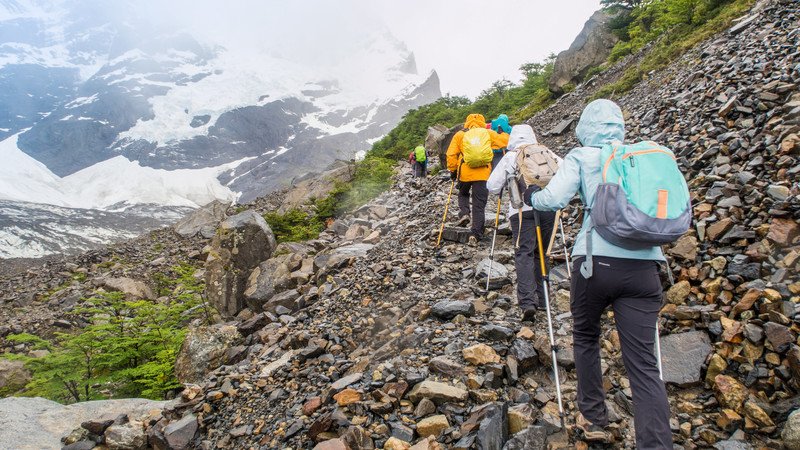Facts Regarding Altitude Sickness (AMS) in the Mountains of Pakistan
Mountaineering and tourism have long existed in Pakistan northern regions. K2, Broad Peak, Nanga Parbat, Gasherbrum I, and Gasherbrum II. are among the world’s 14 8,000-meter peaks, and. they are all well-known mountaineering obstacles. The majority of Pakistan’s highest mountains are found in the Karakoram range. but there are also some high mountains in the Hindu Kush (the highest of. which is Tirich Mir, ranked 33rd globally at 7708 m). And Himalaya (the highest of which is Nanga Parbat, ranked 9th globally at 8126 m). All of these are in Pakistan.
READ MORE: List of Treks That Are Restricted and Need a Trekking Permit
Above 2,400 m (8,000 ft), acute mountain sickness (AMS), also referred to as altitude illness. Is a common illness, particularly if you do not have time to acclimate by ascending gradually. Because the average altitude in northern Pakistan roads is at least 2,000 meters. You shouldn’t be shocked if you experience altitude sickness while driving there. The frequency of Asthma Melting Syndrome (AMS) varies from 15% to 75%. Contingent on ascent rate, altitude gained, sleeping altitude, and individual susceptibility.
High altitude pulmonary edema (HAPE) or high altitude cerebral edema (HACE). Can develop from acute mountain sickness. If at all possible, you should avoid raising your sleeping altitude. By more than 1,000 to 1,500 feet each night and instead space out your ascent with rest days. Take acetazolamide, also known as Diamox. Starting the day before you plan to start your ascent to further lower your risk of AMS.
Acetazolamide is a respiratory stimulant with a 75% efficacy rate that accelerates acclimatization. It might lessen the chance of HAPE as well.
- Mild to moderate headache, appetite loss, nausea, exhaustion, dizziness. And insomnia are among the signs and symptoms of AMS. Rest and headache and nausea medication usually cure mild AMS. Acetazolamide is another medication you can take for mild AMS.
- If you experience any persistent symptoms of altitude illness, you should not. Under any circumstances, continue to ascend (especially to a higher sleeping altitude). If the symptoms don’t go better or if they get worse, you should go down (at least 500 meters) to a lower elevation.
- A steroid medication called dexamethasone (Decadron) is used to treat HACE and AMS. Doses for standby treatments should be kept on hand. Acetazolamide and dexamethasone can be used to treat mild-to-moderate AMS.
- Severe AMS symptoms, such as a growing headache, vomiting. And increased tiredness or lethargicness. Could be a sign of high-altitude cerebral edema (HACE). Which is characterized by disorientation, trouble balancing and moving, and a staggering gait. Dexamethasone treatment should be started right away, and then descend.
- Elevated dry cough and dyspnea during rest could. Be signs of high altitude pulmonary edema (HAPE). Treatment options for HAPE include tadalafil (Cialis), sildenafil (Viagra), and nifedipine. Moreover, HAPE can be avoided with dexamethasone and the asthma medication salmeterol (Serevent).
- The best course of action for more severe cases of AMS, HACE. Or HAPE is descent along with medication (and oxygen, if available). If the emergency calls for helicopter evacuation, think about it.


Comments are closed, but trackbacks and pingbacks are open.